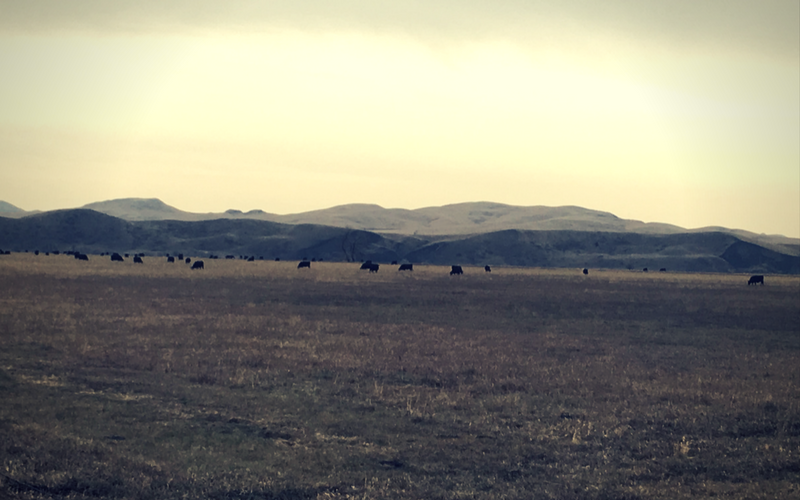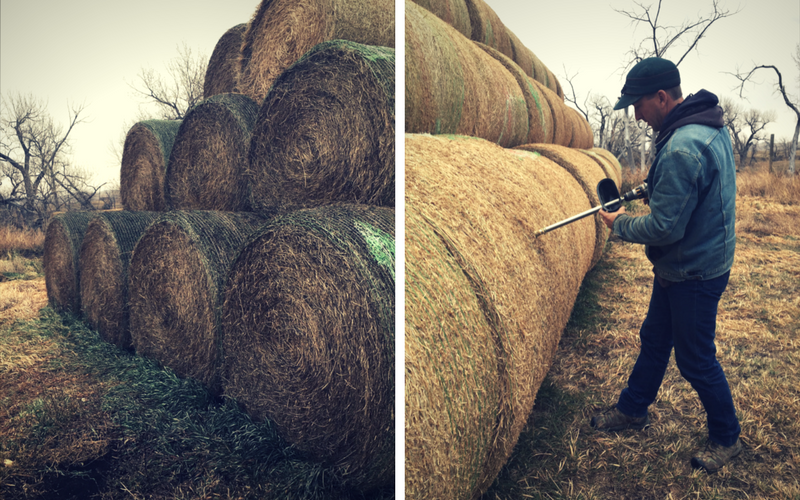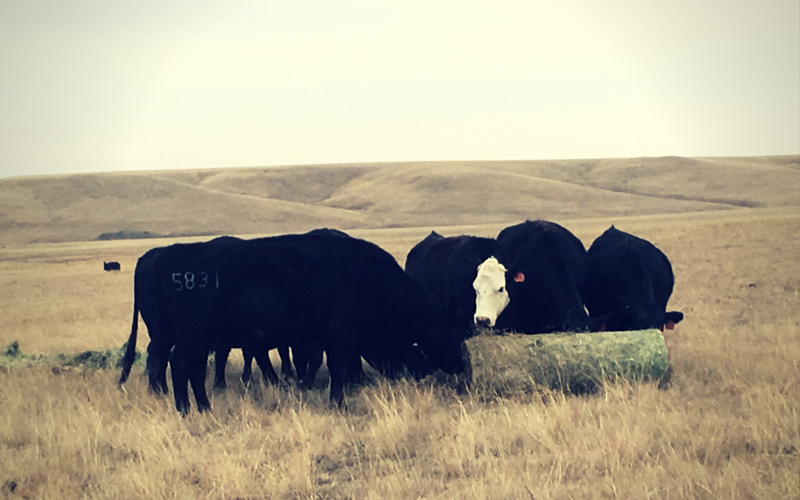Cow Care and Cover Crops Build Sustainable Future for Rapid City Ranch
Shawn and Kristy Freeland are one of the many ranch families in South Dakota who make animal care and sustainability a priority for their business. Though Shawn was the first in his family to live the ranch life, Kristy is continuing a tradition spanning multiple generations. Together, they feed and take care of more than 400 cows that have room to roam across close to 10,000 acres of land near Rapid City.
Taking care of so many cows across so many acres is challenging no matter the season, but Shawn doesn’t mind the work.
During the growing season, the Freeland’s rely on rotational grazing and daily moves. “Spending regular time with the cattle is the best way to look at each cow regularly and monitor its health,” said Shawn. This is especially important from May to December when the cows spend their days grazing away from the ranch.
At the end of haying season, Shawn sends samples of his hay crop to a lab for quality testing. This information is sent to a nutritionist to formulate a healthy mix of feed for the cows. They have access to plenty of water through natural springs and the Rapid Creek running along their property.
In December, Shawn and Kristy bring the cows home to watch them closely for nutritional requirements during the harsh winter weather and through calving. According to Shawn, cows do a pretty good job of finding shelter on their own when it snows but they also set up portable windbreaks for extra protection. Pregnant cows stay close to the barn so they can calve inside where it’s warm and safe.
For the Freelands, focusing on cow care and nutrition ensures they deliver quality meat to families through local businesses like Integrity Meats in Belle Fourche. Now they’re amping up their environmental game by planting cover crops to improve soil and animal health.
They plant a mix of cover crops including brassicas, warm season grasses, sunflowers and legumes such as soybeans to feed their cattle and protect the soil. Soybeans aren’t typically used as a cover crop, but they work well for the Freelands because they’re rich in protein, amino acids and replenish nitrogen in the soil. The plants hold moisture in the ground, reduce erosion and help the cows produce nutrient-dense meat.
“Cover crops are opening up a whole new world for us,” explained Shawn. “Raising quality meat has always been important to us. Now we can do it along with taking better care of the land and conserving water.”
They’re also reducing pasture sizes and the overall number of their herd so they aren’t grazing every acre all the time.
Kristy is excited about the future since these changes mean less labor-intensive work for Shawn so she and their girls can dig into more of the daily activities of running the ranch. “It’s not just better for our land, animals and the people who buy our meat, it’s also a way for our family to keep doing what we love.”





